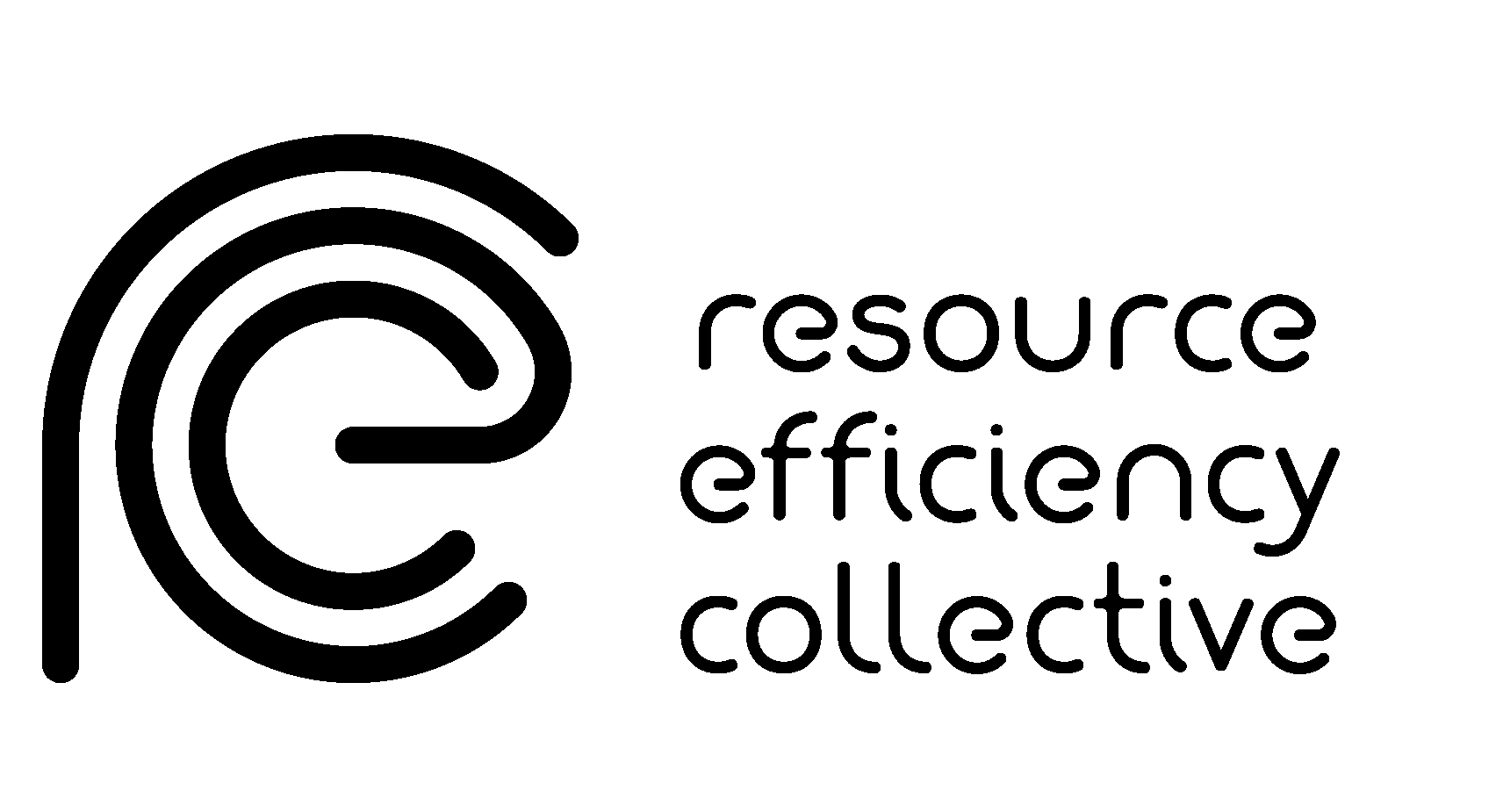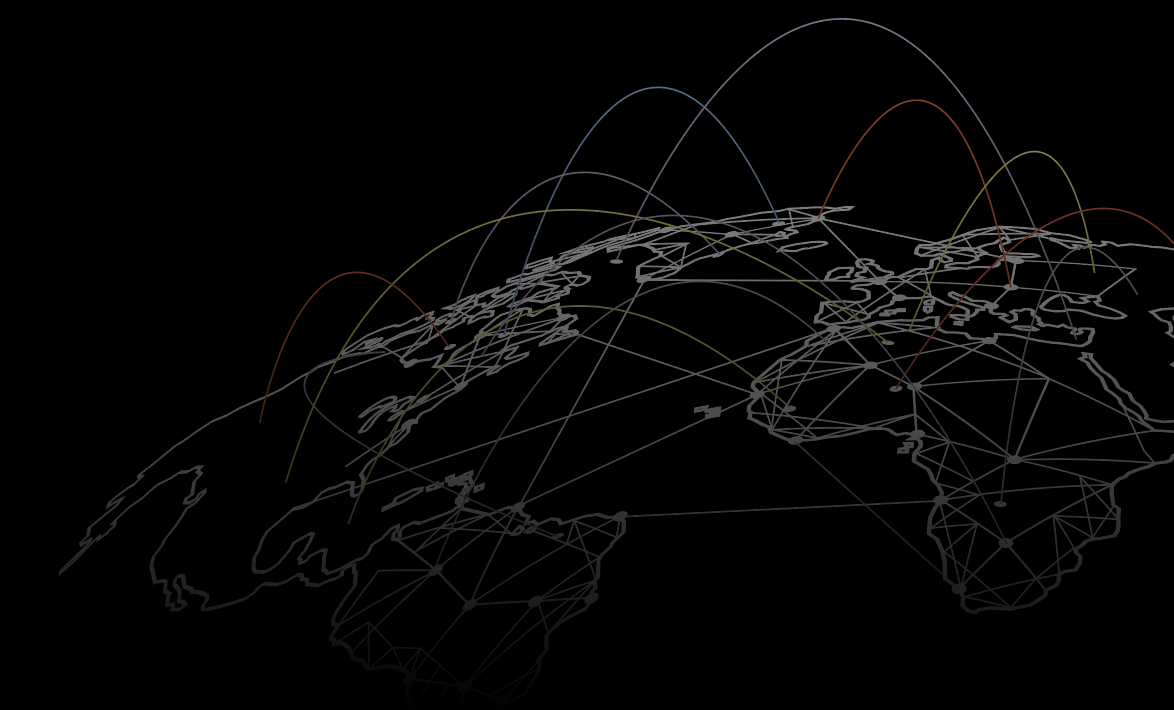An exergy based assessment of the efficiency of nuclear fuel cycles
Nuclear electrical generation can only play a role in the future of global energy if it can ensure its use of fuels, primarily uranium, is sustainable. This sustainability refers to both the depletion of resources and the conversion of those resources with minimal carbon emissions. Understanding the need for analysis of nuclear fuel cycle sustainability the OECD (OECD, 2011) called for a “single set of simple and universally agreed-upon indicators that can be used to assess sustainability aspects of the nuclear fuel cycle”.
Exergy, applied to nuclear materials, is a possible candidate for such a metric. Exergy provides a method for comparison of material and energy inputs and outputs for “cradle to grave” processes. Hence, analysis of exergy losses provides insight into what changes can be made to improve the processes.
This study performs a deep dive into the definition of nuclear exergy – arguing for the addition of nuclear decay exergy to existing nuclear exergy definitions. The updated definition is employed in a sustainability analysis of some example advanced nuclear fuel cycles with the use of Sankey diagrams to demonstrate sustainability trade-offs visually.
Read the full paper from Aidan Rigby, Ben Lindley and Jonathan Cullen here.
Photo credit: Maximalfocus













